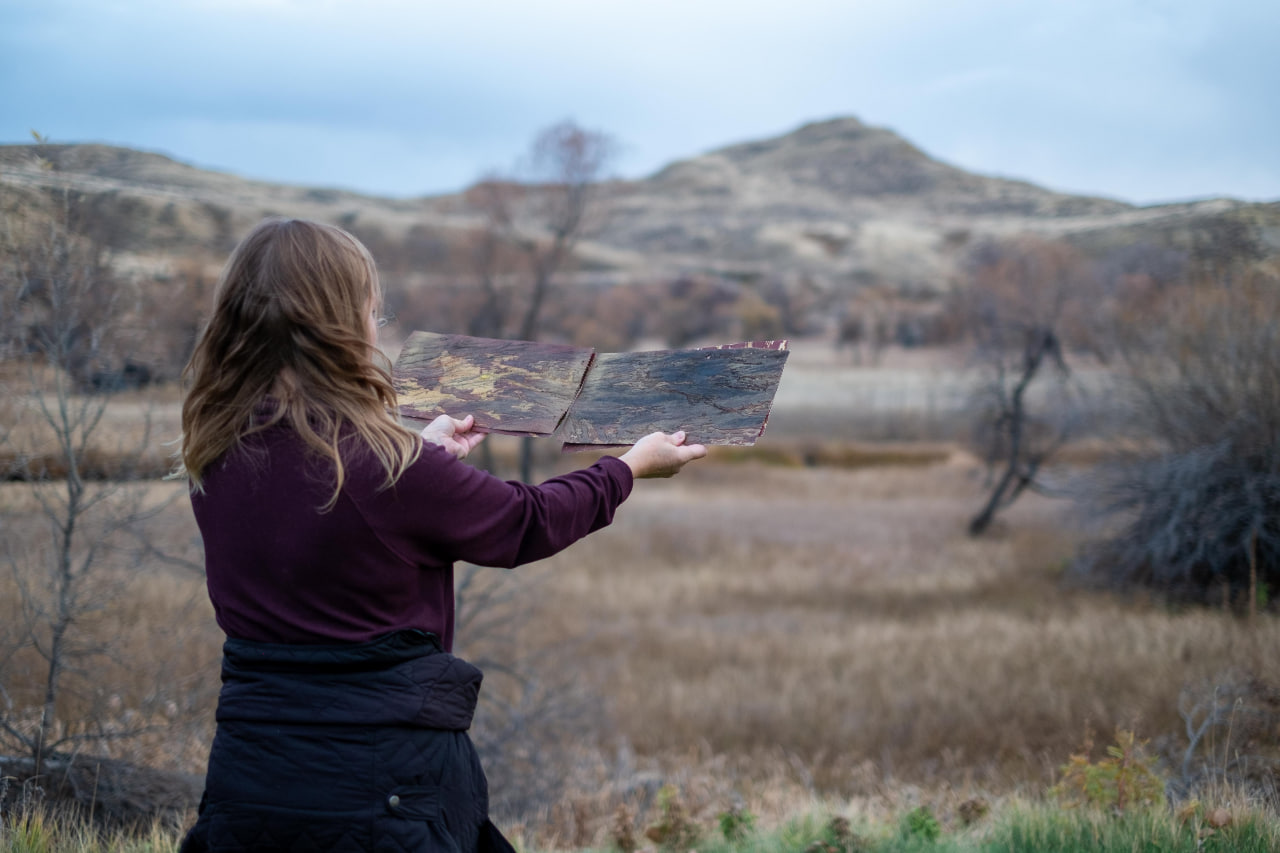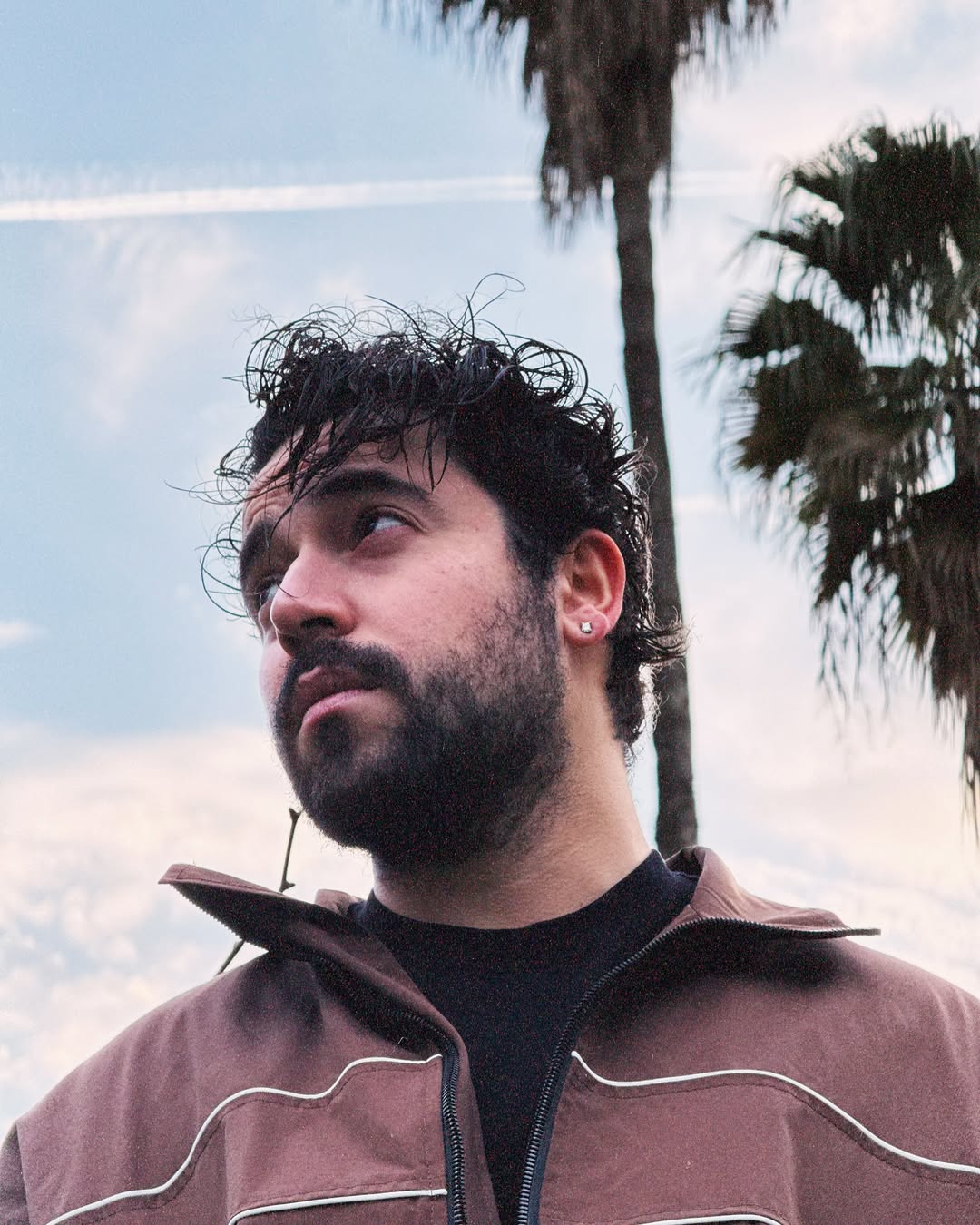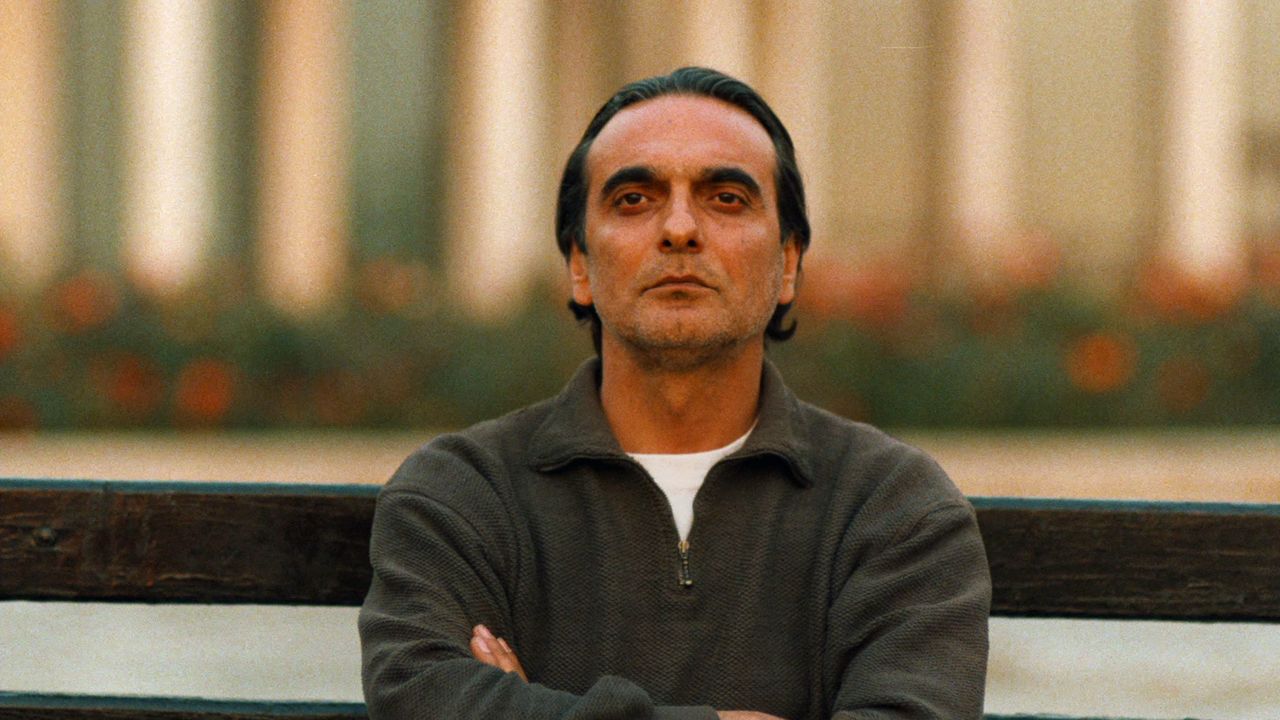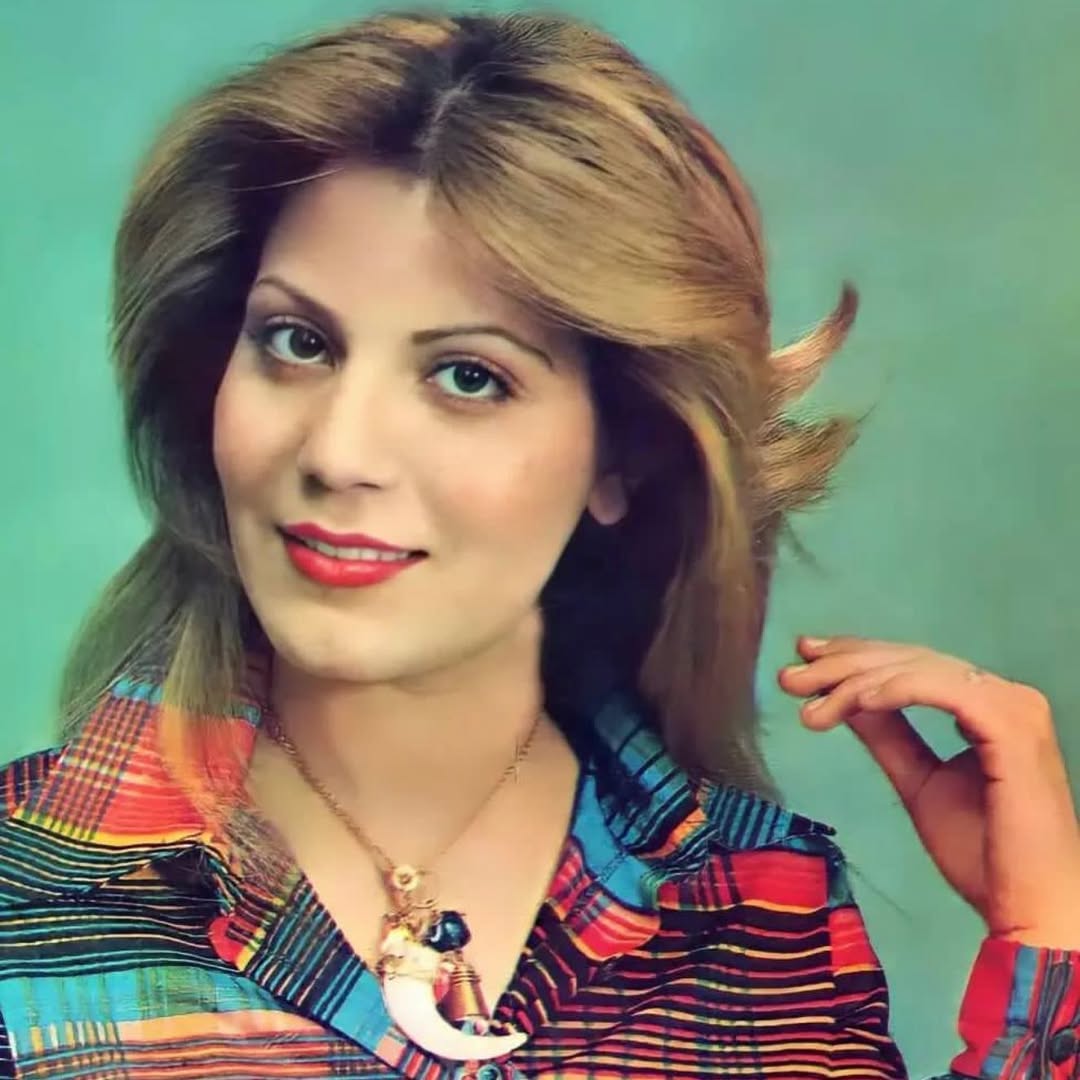Anahita Bagheri is an artist whose impact resonates far beyond Iran’s borders, reaching into the heart of the international art scene. Based in the dynamic metropolis of New York City, Bagheri’s artistic expression knows no bounds, encompassing sculpture, painting, video, and performance art. Her work is a powerful blend of representation and abstraction with a conceptual depth and profound connection to Persian art and literature.
Bagheri’s standing on the world stage is undeniable. Prestigious residencies, high-profile exhibitions, and invitations to serve as a juror all speak to her esteemed reputation. Leading institutions and curators trust her discerning eye to evaluate and select pieces for major showcases. Her artwork’s inclusion in the 38th Chelsea International Fine Art Competition Exhibition in New York, a global art hub, solidifies her position. This selection, made by a panel of renowned figures, such as leading Art Critics and the founding director of the Curatorial Design Research Lab. Bagheri has also exhibited her artworks in the NADA’s group exhibition curated by the Associate Curator of Contemporary Art at the Detroit Institute of Arts. These two examples showcase Bagheri’s role as an artist and a critical voice in contemporary art. She has also exhibited at Transmitter Gallery, Arsenal Contemporary, and BravilLee Programs in New York.
Anahita Bagheri’s participation in and selection for rigorous juried programs like the Haystack Open Studio Residency, the Ucross Foundation, and the Vermont Studio Center have shaped her career and garnered her international acclaim. We asked her about her residency experiences in the US.
Tell us what residency programs you have done so far in the US.
Bagheri: I have been awarded residencies at Vermont Studio Center, Ucross Foundation, Blue Mountain Center, Kala Art institute, and Virginia Center for the Creative Arts (VCCA), and Haystack Mountain School of Crafts in the US.
How was your residency experience in the US?
Bagheri: Each residency program offers a distinctive environment for growth and reflection.
I believe residency experiences can shape an artist’s practice in meaningful and unique ways. My experiences have been transformative in my practice and also my engagement with other artists, writers, musicians, and thinkers. As an Iranian artist, I approached these spaces not just as sites for making, but as places of possibility where experimentation, dialogue, and intellectual exchange coexisted.
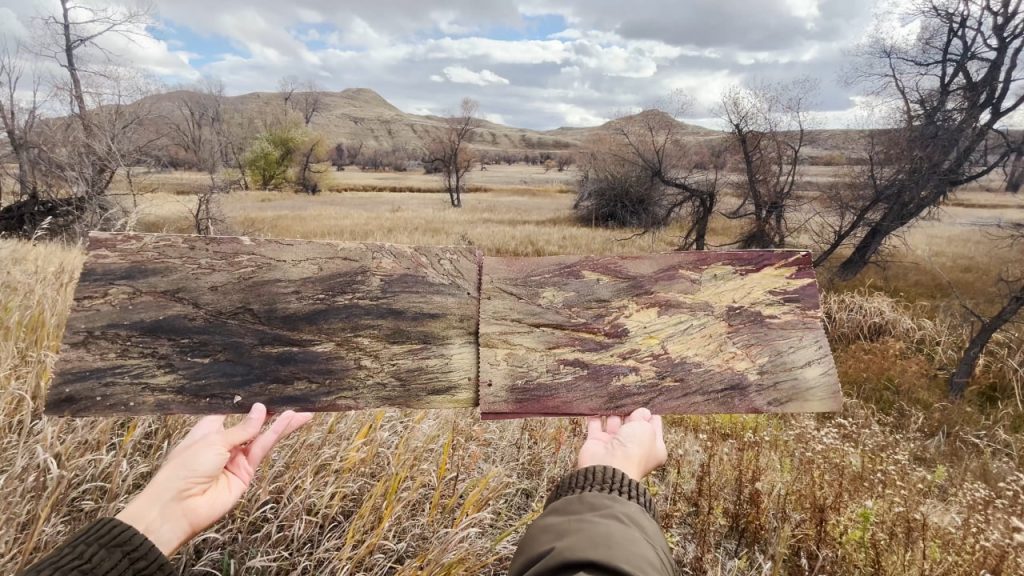
At the Vermont Studio Center and Ucross Foundation, I experienced an intense sense of community. The diversity of voices- writers, visual artists, filmmakers, and performers cultivated a fertile ground for cross-disciplinary engagement and making meaningful connections. They also offered a rare spaciousness both physically and mentally.
Blue Mountain Center gave me access not just to nature, but to a network of social-justice-oriented thinkers. My time there reinforced the connection between art and activism.
At Kala Art Institute, I was able to access high-end equipment at a huge print-making studio. This technical access allowed me to push my sculptural practice to printmaking. This residency offered me the space and solitude to think and experiment with new mediums.
VCCA was incredibly generative with time and resources. The intimacy of the community encouraged open critique.
At each residency, I had an artist talk and got the opportunity to talk to my cohort and other audience about my practice. Attending other artists’ talks and learning about each person’s practice was person’s practice was deeply inspiring and offered valuable insights into different approaches to making, thinking, and engaging with the world.
I will attend Haystack residency in September 2025, and I’m looking forward to the experiences it will bring my way.
What impact have these residencies had on your career?
Bagheri: They’ve opened critical doors, in terms of visibility and opportunity, and also finding community. Several collaborations and curatorial interests have emerged directly from connections made during residencies.
How do you choose which residencies to apply for?
Bagheri: I look for programs that align with my current questions—whether I need solitude, technical access, or community and dialogue. I’m also drawn to residencies that support immigrant artists and foster a genuine sense of community and experimentation.
What advice would you give to artists seeking residencies?
Bagheri: Apply boldly and with intention. Tailor your materials to each program, but stay authentic and true to your practice. Residencies aren’t just about production, they’re about transformation. Seek the ones that challenge you and nourish your art.
Artits’s website: www.anahitabagheri.com

